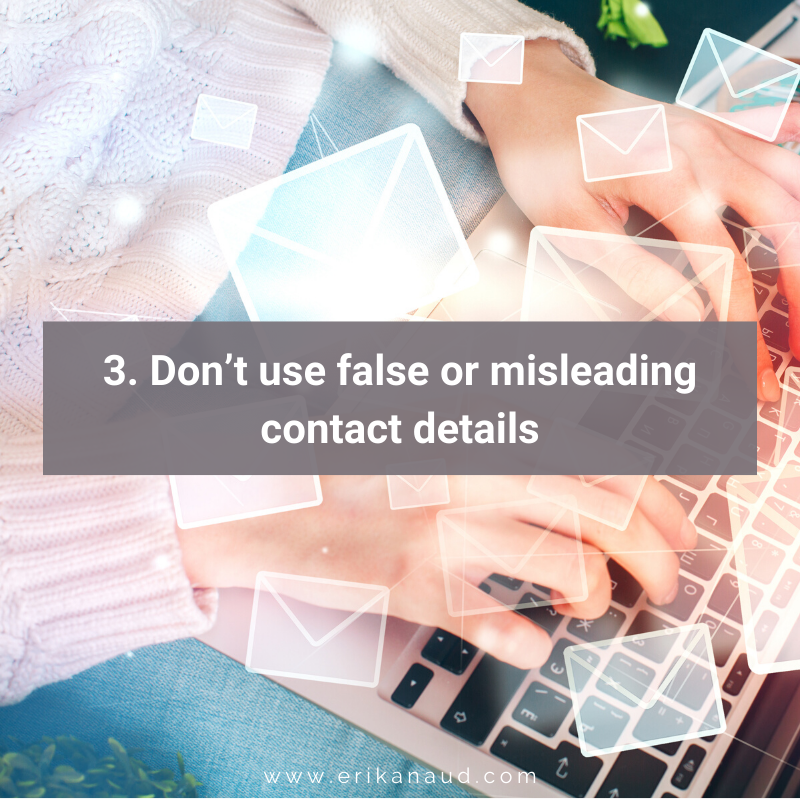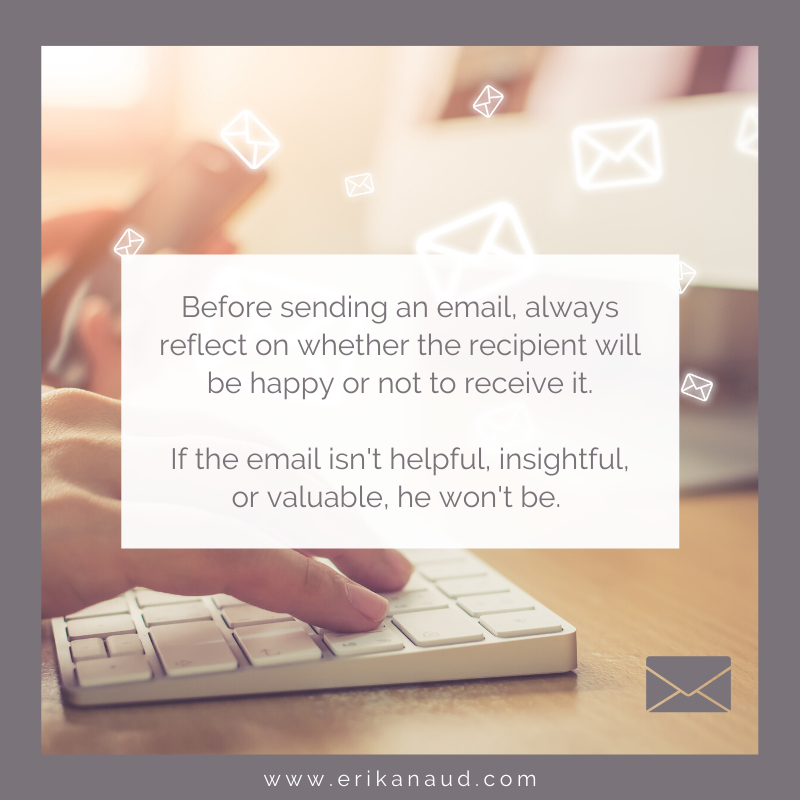If you have read my previous blog posts, you might have noticed that I am not the biggest fan of email marketing. The thing is that I get really annoyed by all the useless emails I receive. In fact, I think that less than 20% of my incoming emails are actually worth opening. Most of them are offers I don’t want to receive, newsletters I don’t have time to read, or of course, SPAM.
My aversion towards email marketing comes from the fact that it is often part of a bad outbound strategy. Companies will reach out to potential customers with one unique goal: make money! So, they will send discount emails and offers with not-so-subtle call-to-actions that encourages the recipients to buy something.
Fortunately, governments around the world have started to listen to the consumers. They have taken action in the form of email marketing regulations and laws. So now USA has the CAN-SPAM Act, Canada has the Anti-Spam Law (CASL), and Europe has the GDPR.
New email marketing regulations
Although these email marketing regulations are different in different countries, they have some major points in common. I will describe them bellow.

Receive permission before sending emails
Before sending emails to a contact list, you need to ask yourself how you got those contacts? Did every recipient on the list agree to be reached by you? Did they agree to receive your discount newsletter? If they agreed to receive your blog newsletter, that doesn’t count as agreeing to receive your discount newsletter.
So, to always be on the safe side, use an email marketing platform. Create different lists for each of your goals. Let consumers sign-up by themselves, but nudge them into doing it. Yes, it will take some time, but better be safe than sorry, right? By using a platform, this email marketing regulation is quite easy to follow.

Allow recipients to unsubscribe – and do it fast
Did you get permission? Great! But consumers should also be able to easily remove themselves from your email lists whenever they feel like it. That means that in each email you sent, you should have a link that allows them to unsubscribe. Most email marketing platforms will insert one for you, so no stress.
If you aren’t using one of these platforms, be sure to have an effective way of letting recipients unsubscribe. Because if a recipient requests to opt-out, you only have a limited number of days to delete them from your list.

Don’t use false or misleading contact details
Basically, all the information that you include in the header must be real. This means that you can’t send an email using a false email address or the address of one of your colleagues. It must be clear who sent the email and for what company they sent it. For example, writing that you are working for Google while you aren’t is of course illegal.
This one shouldn’t be hard to follow, since it is common courtesy to tell the truth.

Don’t use deceiving subject lines
In general, when doing Inbound Marketing, you should always be trustworthy. So, no need to say that using deceiving subject lines to get sales is never recommended. Always focus on getting long-term relationships with your clients rather than one-time sales.
Basically, you shouldn’t say something false in the subject lines to encourage people to open your emails. Also, the subject lines should always reflect the content of the emails. Makes sense, right? This email marketing regulation can sometimes be hard to interpret. When in doubt, simply choose a better alternative.

Let the recipient know if it’s an ad
When you are sending an ad by email, you must disclose it clearly. Even if it’s pretty obvious that it is an ad. Normally, you can do it in a little text at the bottom. This email regulation is protecting consumers by letting them know which emails are ads and which aren’t. The reason is that some marketers started camouflaging ads as recommendations or stories. So, sometimes it was too hard for consumers to know whether an email was an ad or not. With this email marketing regulation, no more doubt.
No worries, you don’t need to explicitly mention if an email isn’t an ad. For example, a blog newsletter is not an ad.

Let them know where you are located
At the bottom of the email, you should always include the name of the company and the full address. Yes, even if you are working from home. An easy way to do that is to include an email signature in all of your emails.
HubSpot has a free email signature generator that is very great and easy to use. It lets you include your picture, your title, your company name & logo, your address and so on. Then, you can insert it as a signature in the settings of your email client, but also at the bottom of your newsletter(s).

Inbound email marketing
Email marketing regulations are there to ensure that companies are doing responsible marketing. Yet, even without these email marketing regulations, a company should always try to avoid using bad techniques like SPAM and deceptive emails.
Inbound marketing is a strategy based on developing trust and long-term relationships. Therefore, your email marketing strategy should also reflect that. This means that even without these email marketing regulations, you shouldn’t have used any of the techniques that they are preventing. In your emails and newsletters, be transparent, be yourself, and try to help your customers.

I’ll write more blog posts on email marketing soon, so make sure to subscribe to get notified by email. You can do it below ⬇️.

